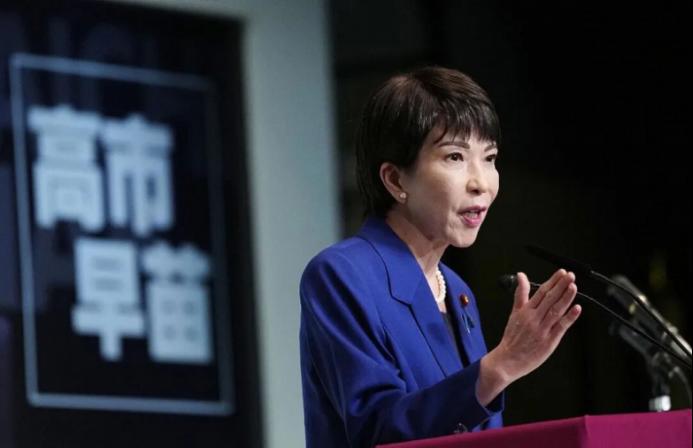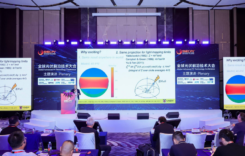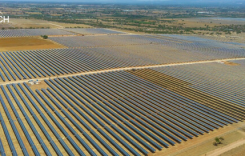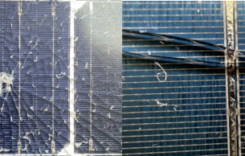PVTIME – Since taking office, Japan’s new Prime Minister, Sanae Takaichi, has identified perovskite solar cells, alongside nuclear power, as ‘critical domestic energy sources’. She has outlined plans to use subsidies, mass-production research programmes and the development of an independent supply chain to establish perovskite technology as a means of breaking China’s dominance in the global PV sector.

At the heart of Japan’s energy strategy lies the principle of ‘safety first amid resource constraints’. As an island nation that is almost entirely dependent on imported energy, the country’s decision to give nuclear power and perovskite solar cells equal status reflects this priority. Traditional large-scale PV projects are being restricted under the guise of ‘protecting national land’ in order to reduce reliance on Chinese PV modules.
At the same time, the country is leveraging its abundant iodine reserves (a key raw material for perovskite) and sustained research investment from the New Energy and Industrial Technology Development Organisation (NEDO) between 2025 and 2029 in order to build a ‘resource-technology-industry closed loop’. This approach focuses on advancing niche technologies and creating independent supply chains. It aims to resolve the dual challenges of energy security and carbon neutrality by avoiding the land use and supply chain risks of traditional PV while leveraging Japan’s domestic resource strengths to claim a leading role in next-generation PV technology.
Meanwhile, Japan is accelerating the industrialisation of perovskite technology by strengthening its policies and tailoring its efforts to national needs, with a focus on developing ultra-thin, lightweight and flexible perovskite solutions. These are intended for use in applications such as building facades and rooftops, thus avoiding direct competition with China in the area of large-scale ground-mounted solar farms.
To date, the country has invested over 200 billion yen in advancing perovskite technology, providing special subsidies to leading firms such as Sekisui Chemical to support the construction of gigawatt-scale production lines for flexible perovskite modules. Japan is also supporting Toyota Motor’s development of rooftop PV systems for use in battery electric vehicles by 2030. Japan has set a target of achieving 20GW of installed perovskite capacity by 2040, equivalent to building 20 new nuclear reactors. This demonstrates its determination to achieve ‘curve overtaking’ in the global energy sector through perovskite technology.

Scan the QR code to follow PVTIME official account on Wechat for latest news on PV+ES











